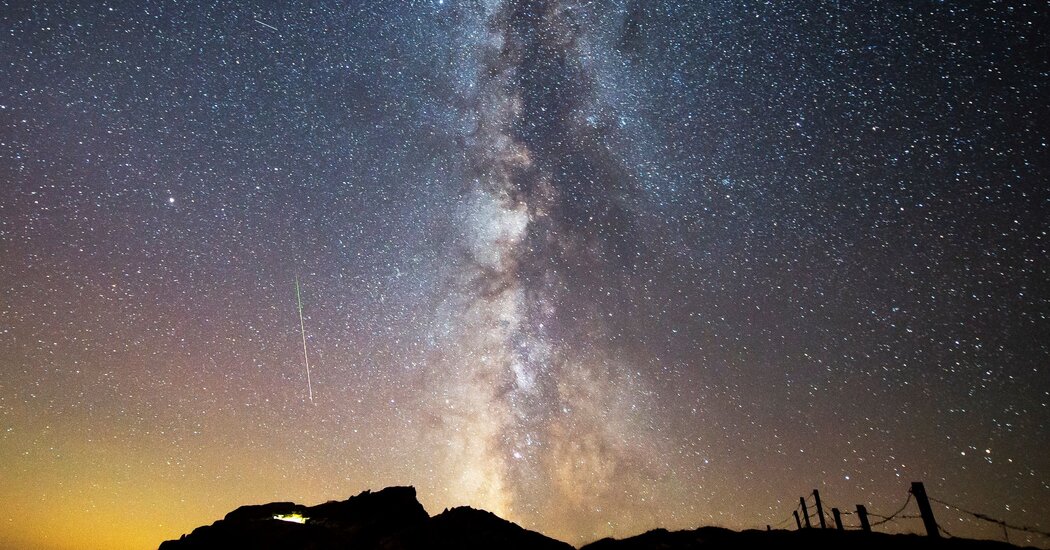Our universe might be chock-full of cosmic wonder, but you can observe only a fraction of astronomical phenomena with your naked eye. Meteor showers, natural fireworks that streak brightly across the night sky, are one of them.
The latest observable meteor shower will be the Perseids, which have been active since mid-July and are forecast to continue until the end of August, at the latest. They reach their peak Aug. 11 to 12, or Sunday night into Monday morning.
To get a hint at when to watch, you can use a meter that relies on data from the Global Meteor Network showing when real-time fireball activity levels increase in the coming days.
A favorite among skywatchers, the Perseids are one of the strongest shows each year, with as many as 100 long, colorful streaks an hour. It reaches its peak as two other showers, the Alpha Capricornids and the Southern Delta Aquarids — which both peaked at the end of July — are petering out.
The Perseids are best viewed from the Northern Hemisphere, just before dawn. This year, viewers may have to compete with light from the moon, which will be nearly half full on the night that the shower peaks. But according to Sky & Telescope, the moon will set before midnight, leaving the early morning hours sufficiently dark for a spectacular show.
